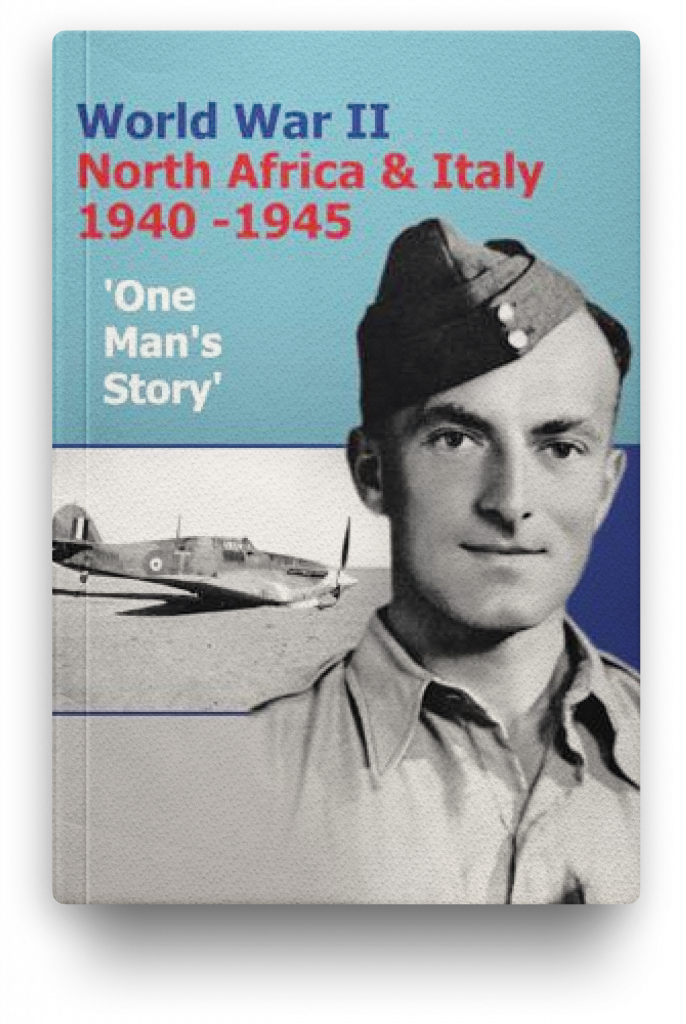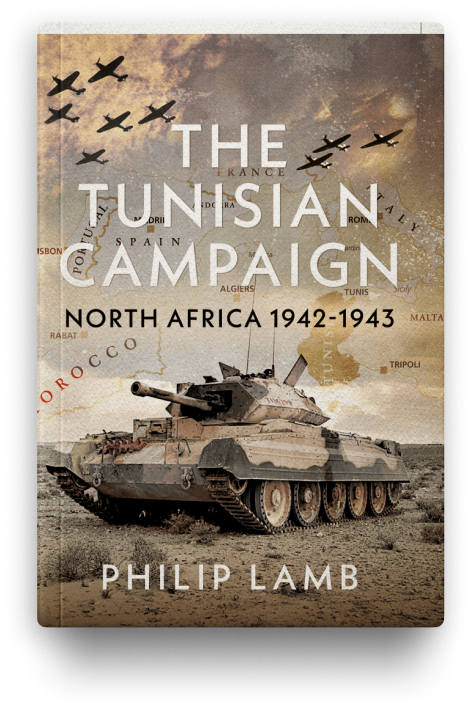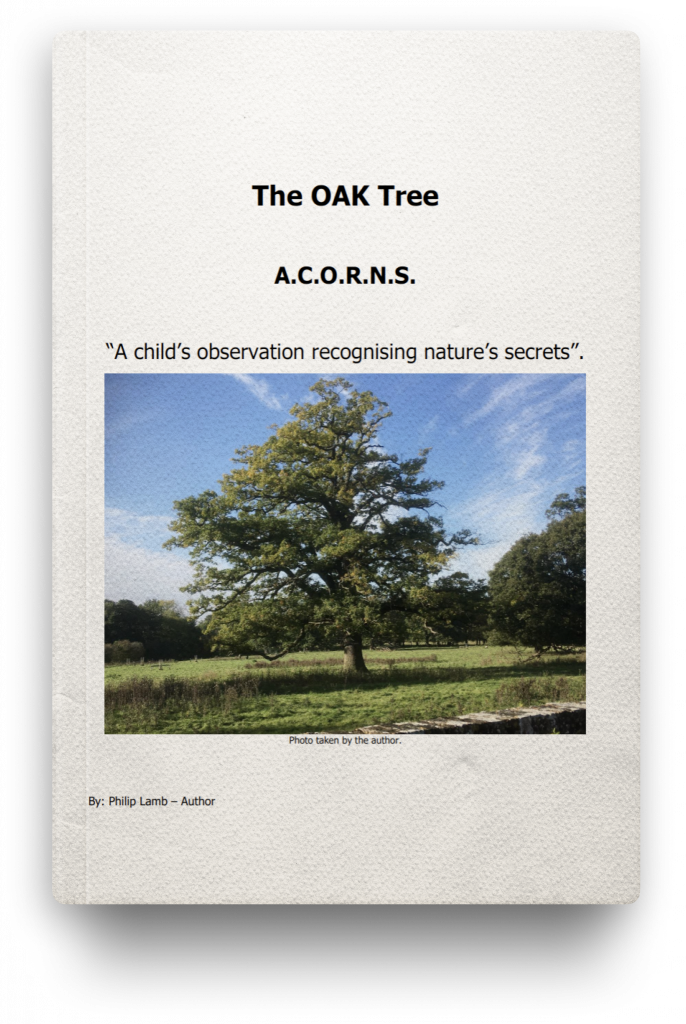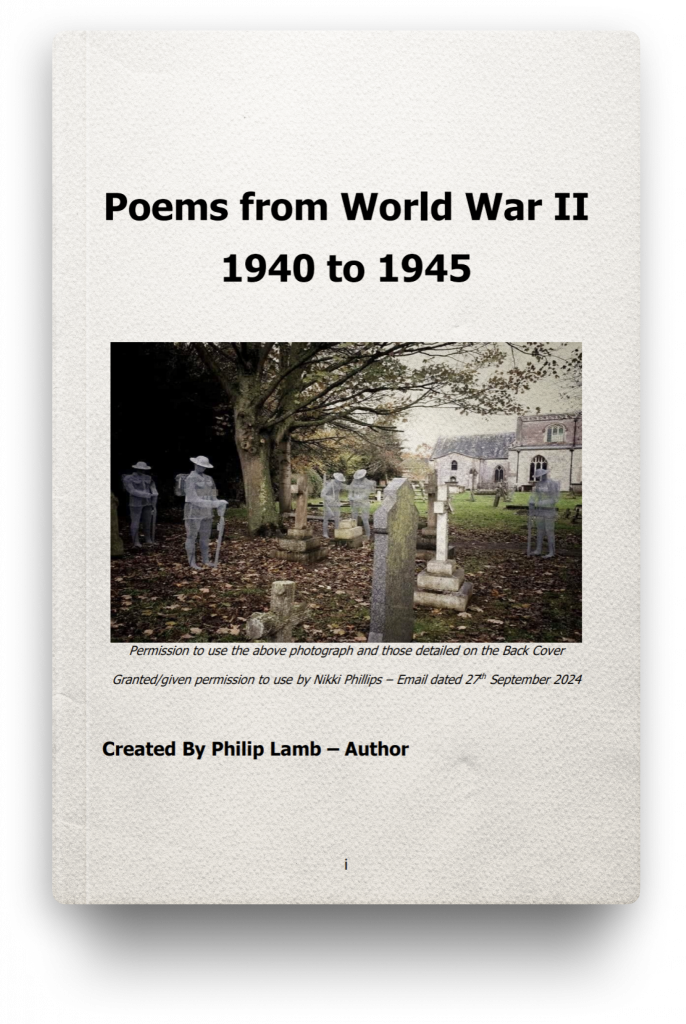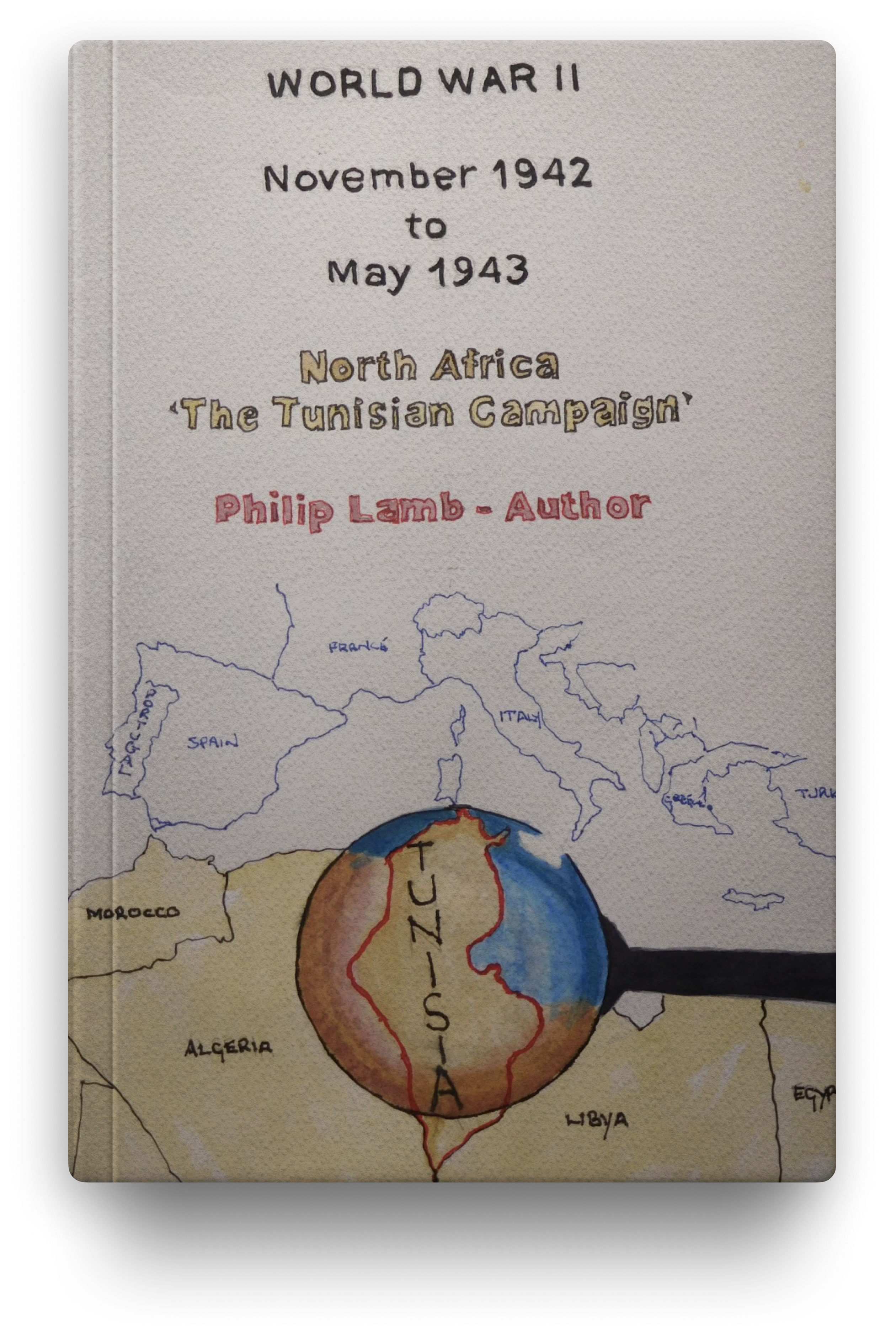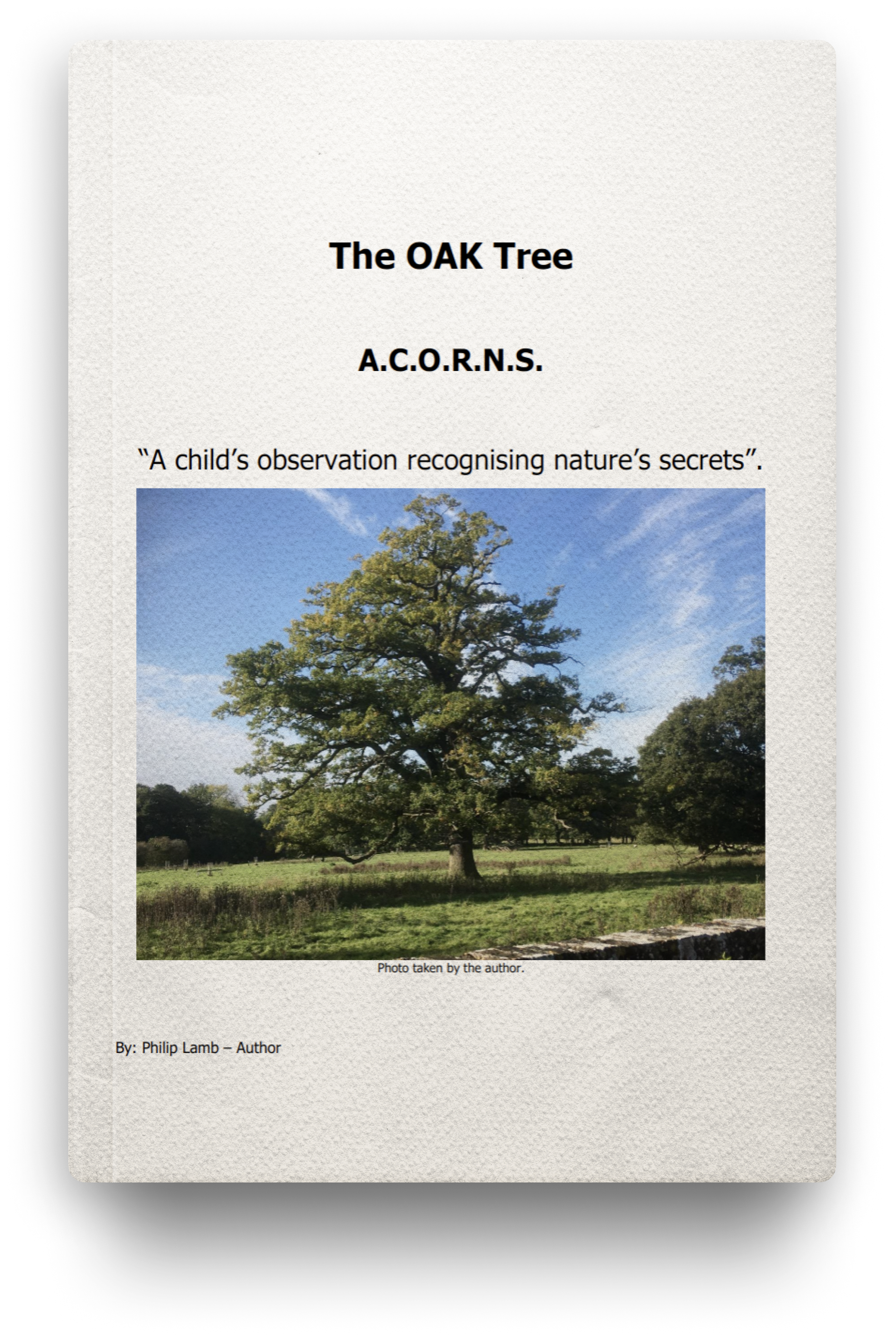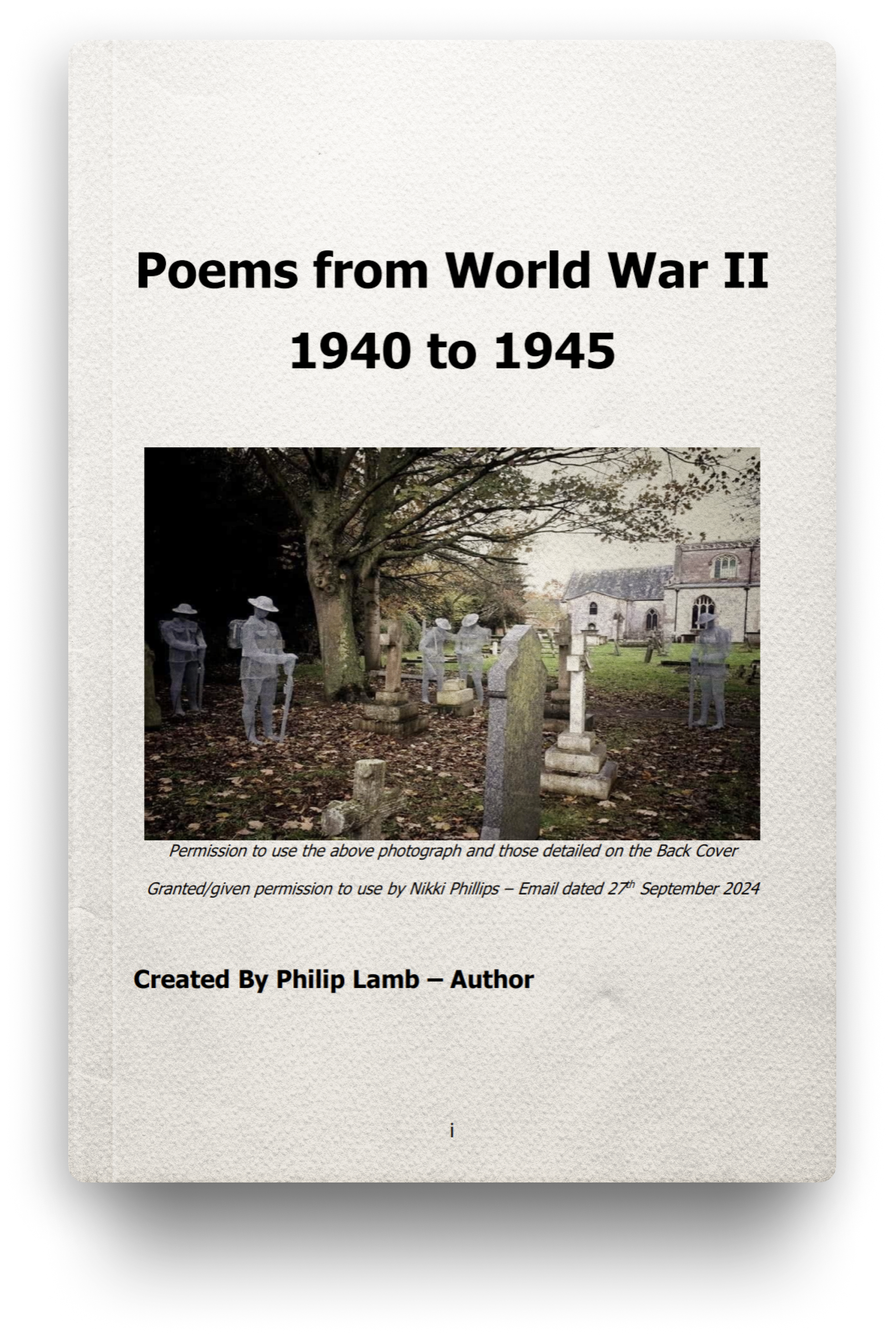Philip Lamb
Author of 'One Man's Story'
I am a retired engineer who over the years has been fortunate to work across many industries. In those years I have always had an interest in the RAF and other military services, which spurred me on to put down in words the experiences/exploits that make up ‘One Man’s Story’, namely my Dad.
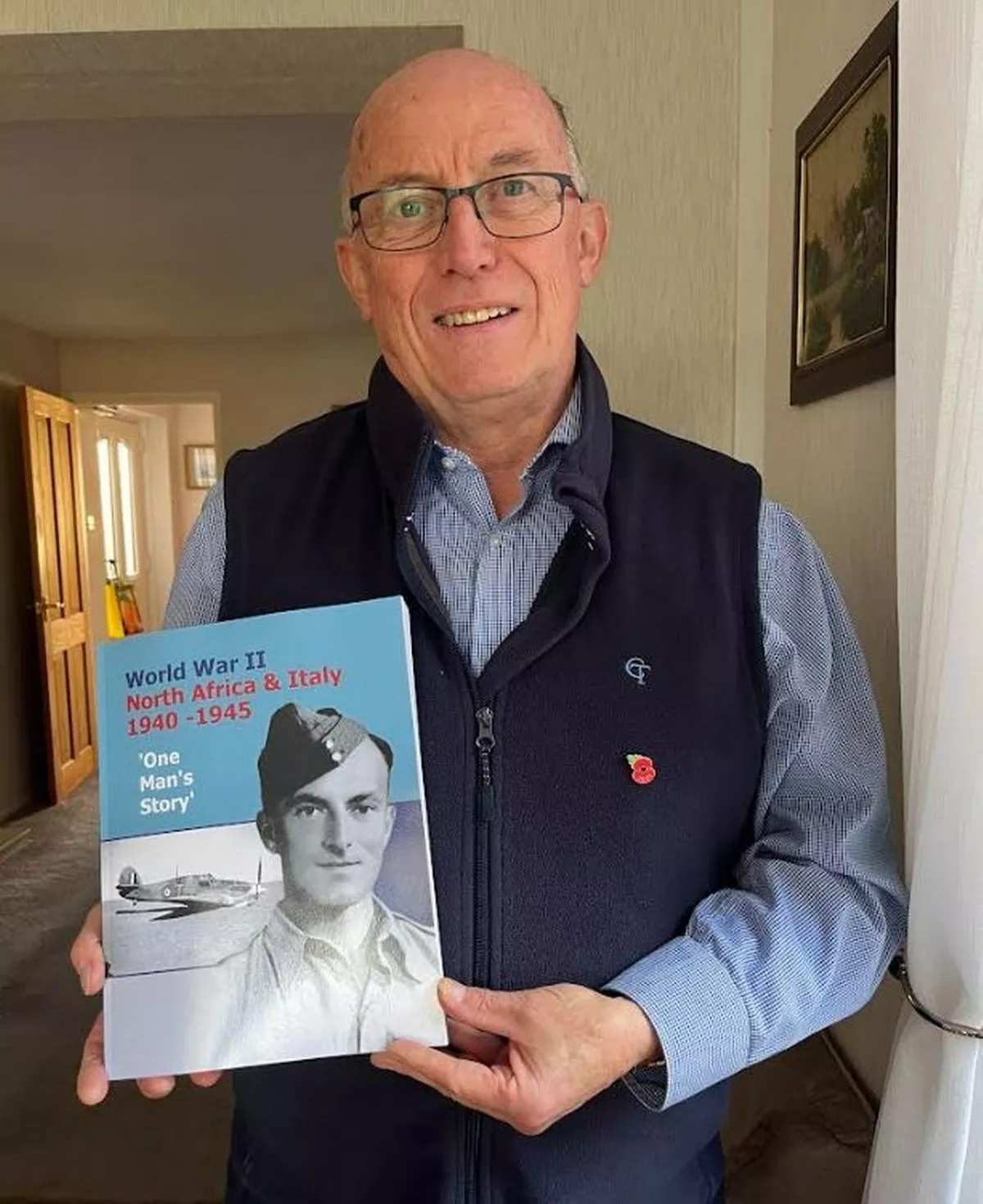
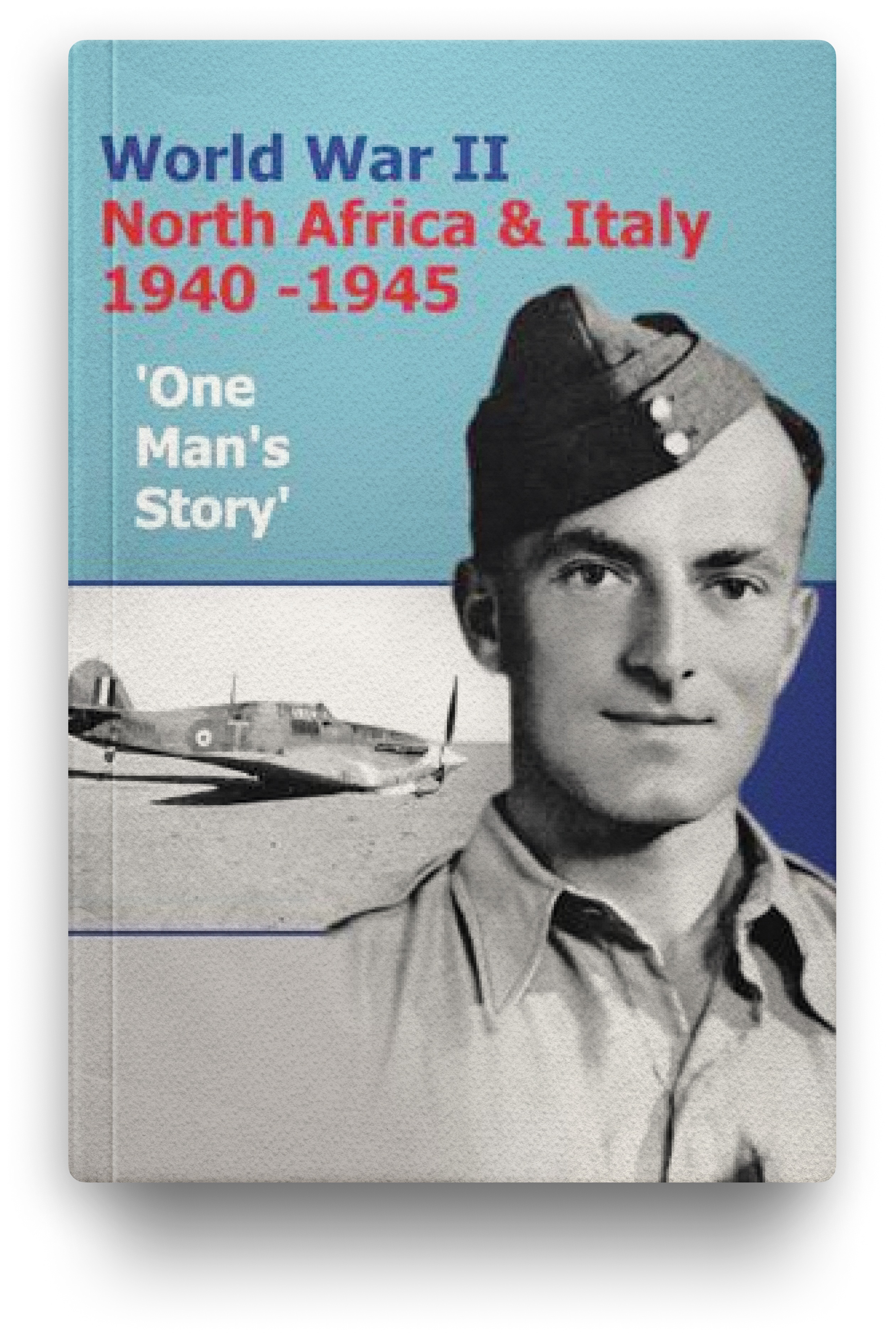
Want a signed copy?
To request a signed copy of the book, please fill out the contact form at the bottom of the website, and I’ll be in touch.
Featured Book
One Man's Story
The book sets out on a journey through enlisting to basic training, and then to war. Then, when RAF 73 Squadron was reformed after Dunkirk at RAF Debden before the Squadron was mobilized and posted to North Africa. The Ground Crew Personnel were transported via troop and naval ships to Alexandria, Egypt. The pilots and Squadron’s Hurricanes were transported on HMS Furious to RAF Takoradi (African Gold Coast). The planes then flown across Africa to Heliopolis, Egypt on selected routes where refuelling could be carried out.
The book contains several Battles, starting with the sea battle against the Italian fleet at Cape Spartivento 30/11/1940, battles at and for Tobruk 1941 and 1942 and the battles at El Alamein 1942, the final battle which saw the start of the demise of the German/Italian Axis Force.
The book makes great use of the RAF Records held at National Archives. RAF 73 & 39 Squadrons Operational Record Reports (AIR’s) for 1940, 1941, 1942, 1943 and 1944, daily records of events as they took place. Also included is the personal diary which my father kept during 1943. The book is embellished with photographs taken along with postcards and tourist attraction photographic information. Finally concluding with a brief history of my father through his career and working life.
Book Endorsements
Endorsement of One Man's Story
It’s a story that follows him from signing up in May 1940, through the many battles across North Africa, including Tobruk (2) 1941 and 1942. The crucial battle at El Alamein 1942 and then on to Italy – September/October 1943, landing at Salerno. Finally, his Orders for Home Embarkation (ASAP) in March/April 1944 (due to injuries sustained).
As an author I'm always intrigued to witness new author’s coming forward with stories that relate to their family. Stories which otherwise would be lost in time. I am very happy to endorse the book as I have witnessed the book’s development and a story which should be told.

Book Reviews
Reviews of One Man's Story
About me
Philip Lamb
I’m Philip Lamb, a retired engineer based in Gloucestershire. Inspired by my father’s World War II service, I decided to write my first book. With a passion for military history, I spent years gathering records and personal stories from the North Africa and Italy Campaigns. I’ve dedicated this book to honour the men and women who served, to ensure their stories are never forgotten.
Books by Philip Lamb

Book Talks and Presentations
Since the publication of my book I have undertaken a number of talks to RAF Association groups, business clubs such as Rotary and Probus as well as after school History clubs. The talks have all been presented using Power Point Presentation which is a great way of getting the story told, with a Question and Answer time at the end, I would welcome the opportunity to give my talk to you should you so require. Please DO NOT hesitate to contact me.

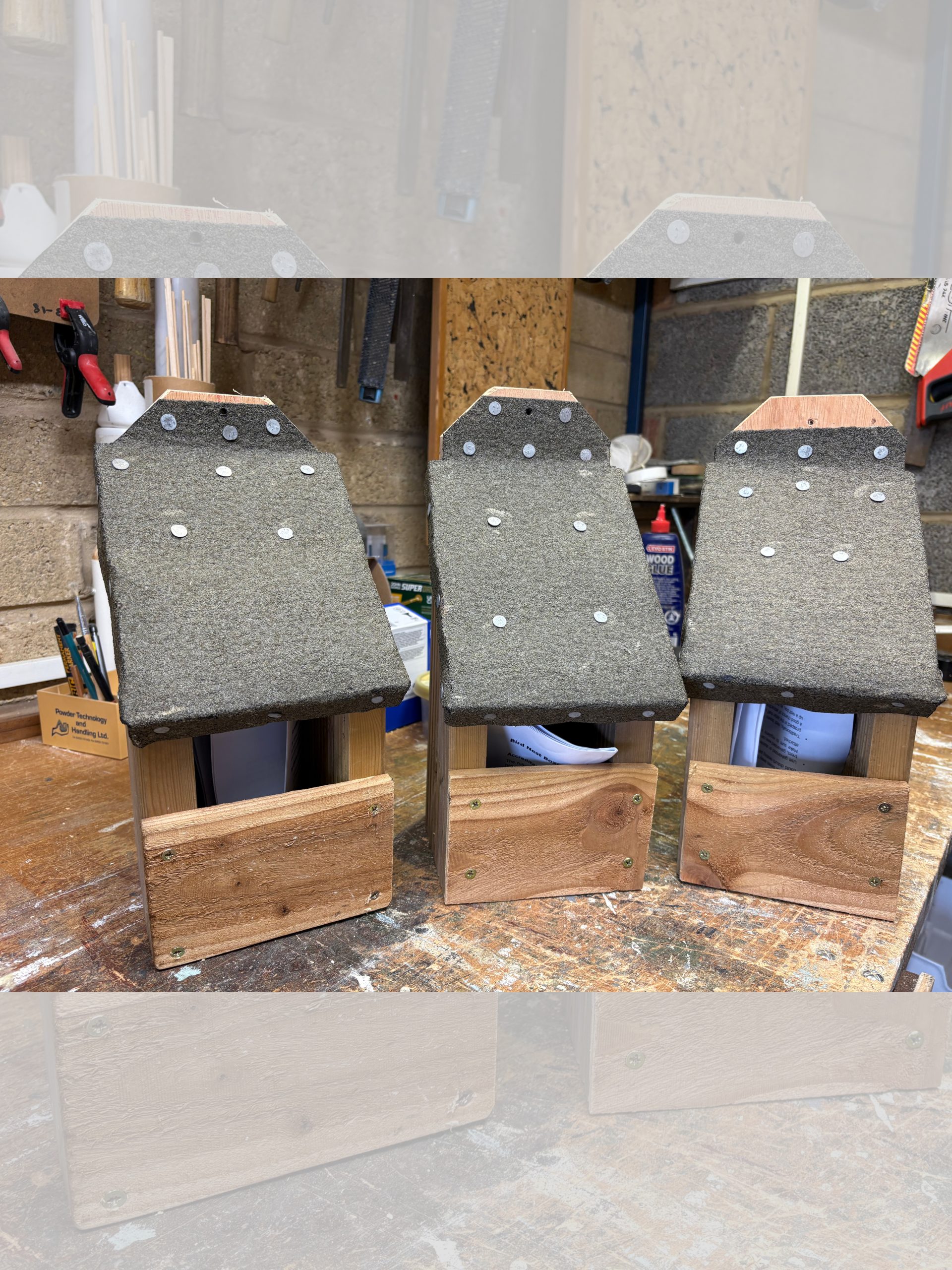
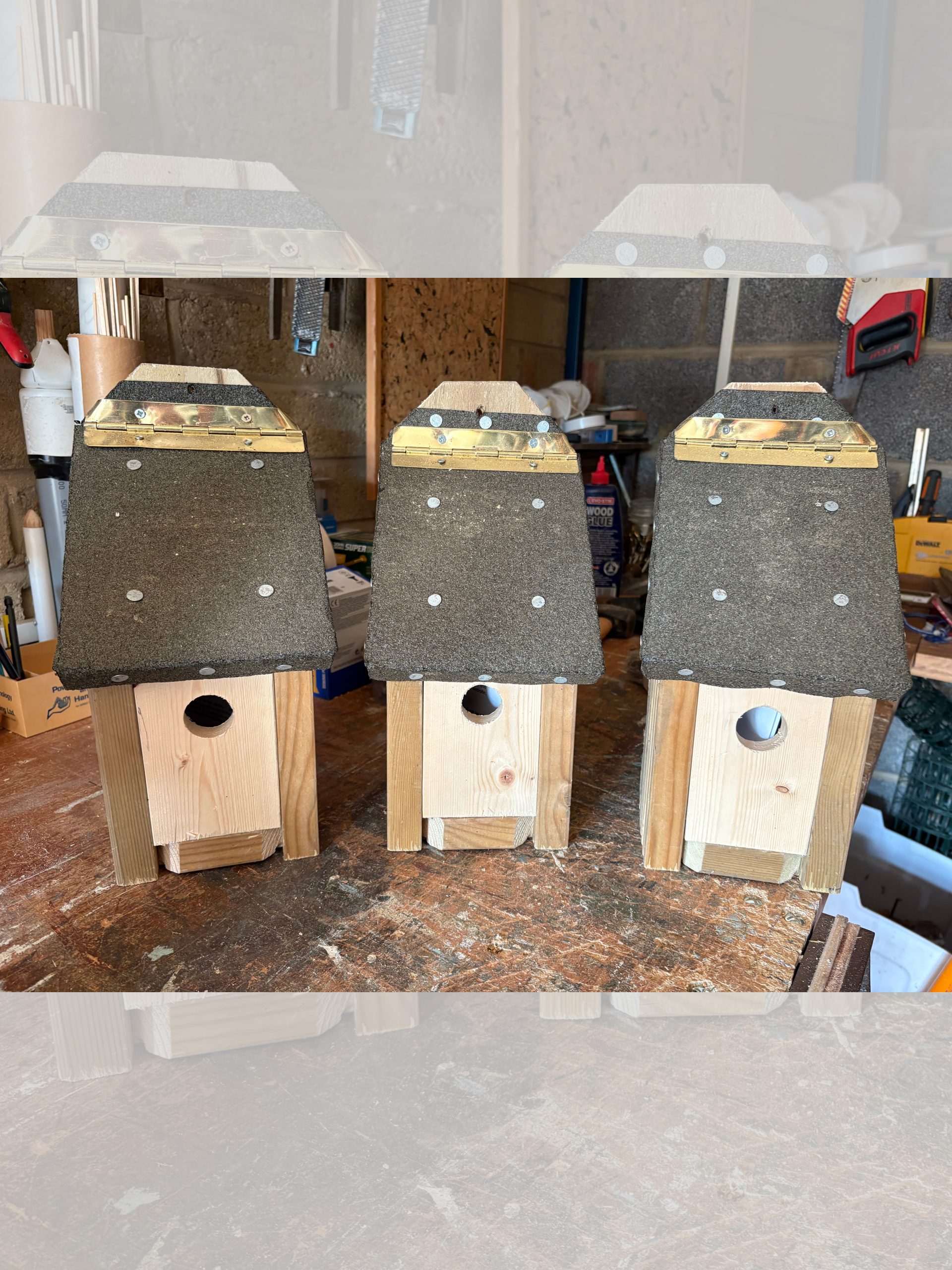
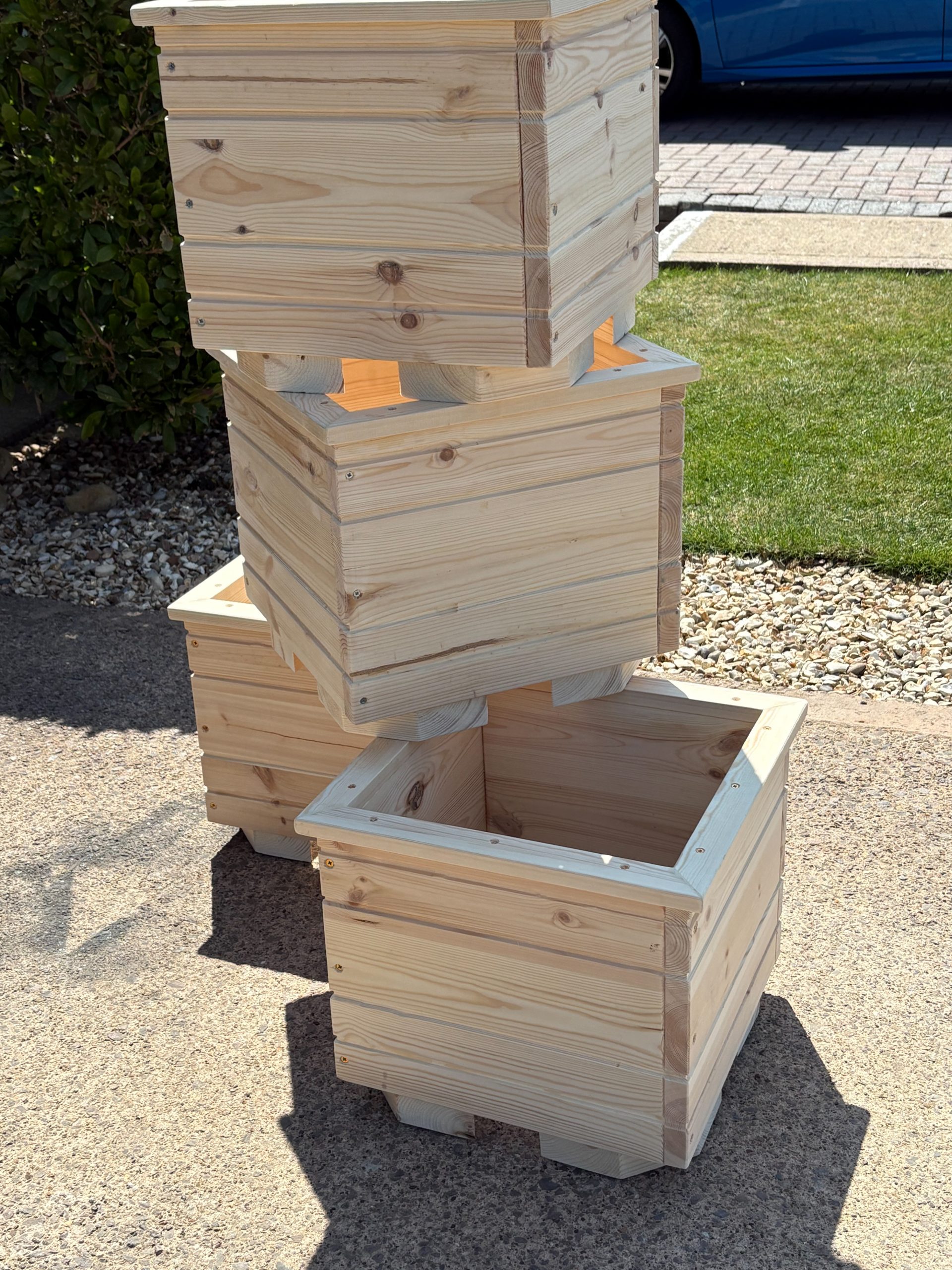

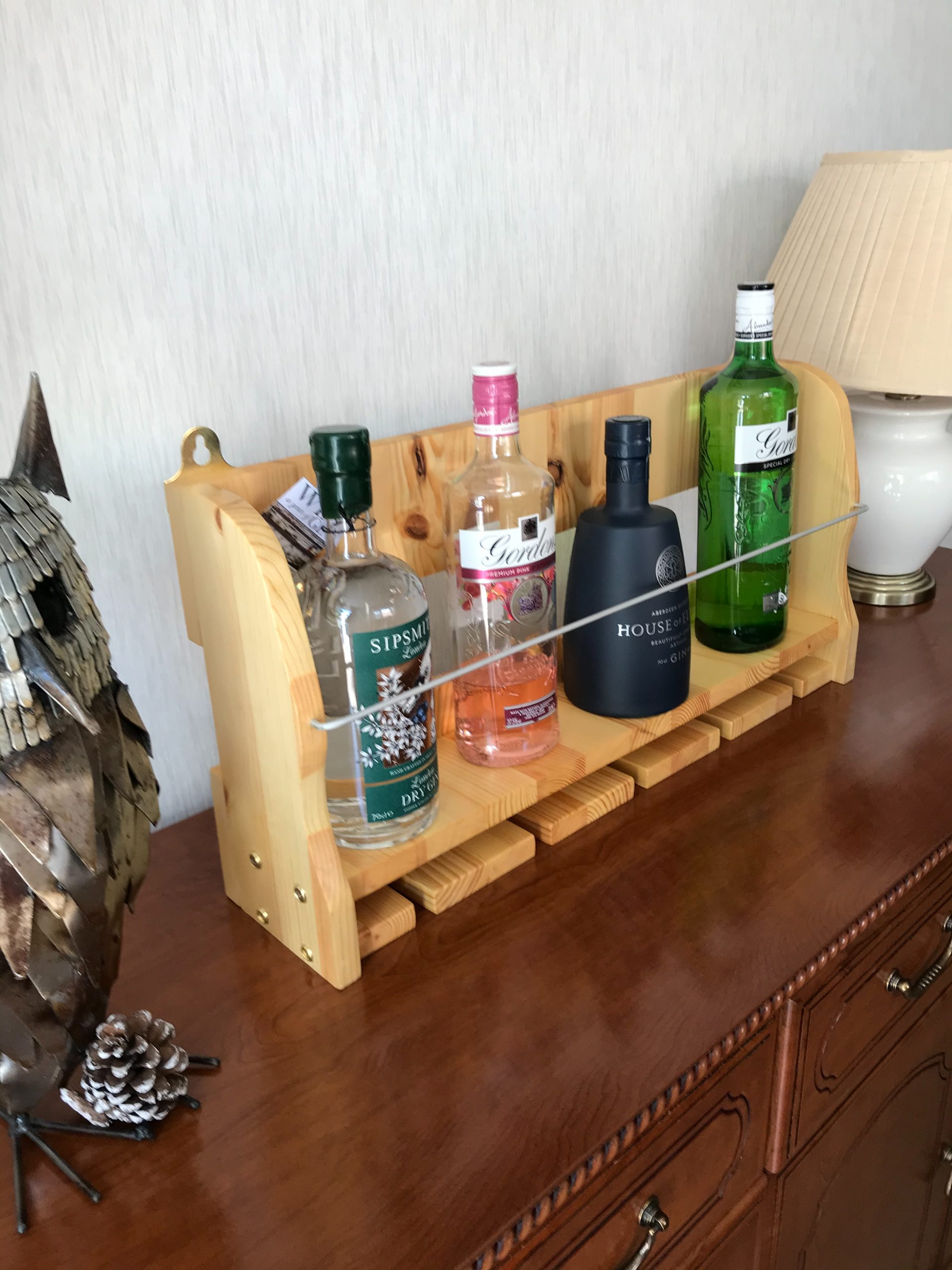

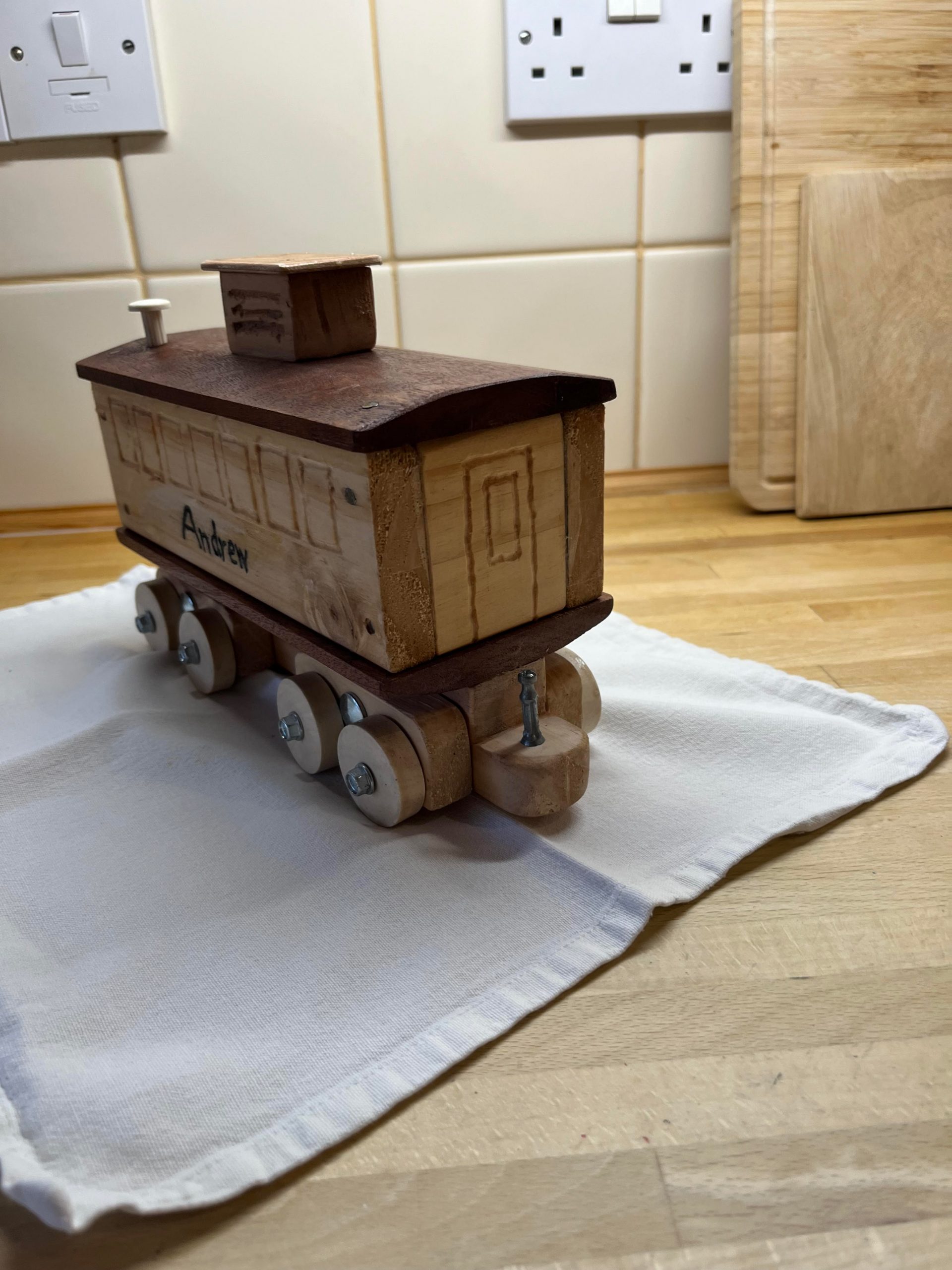
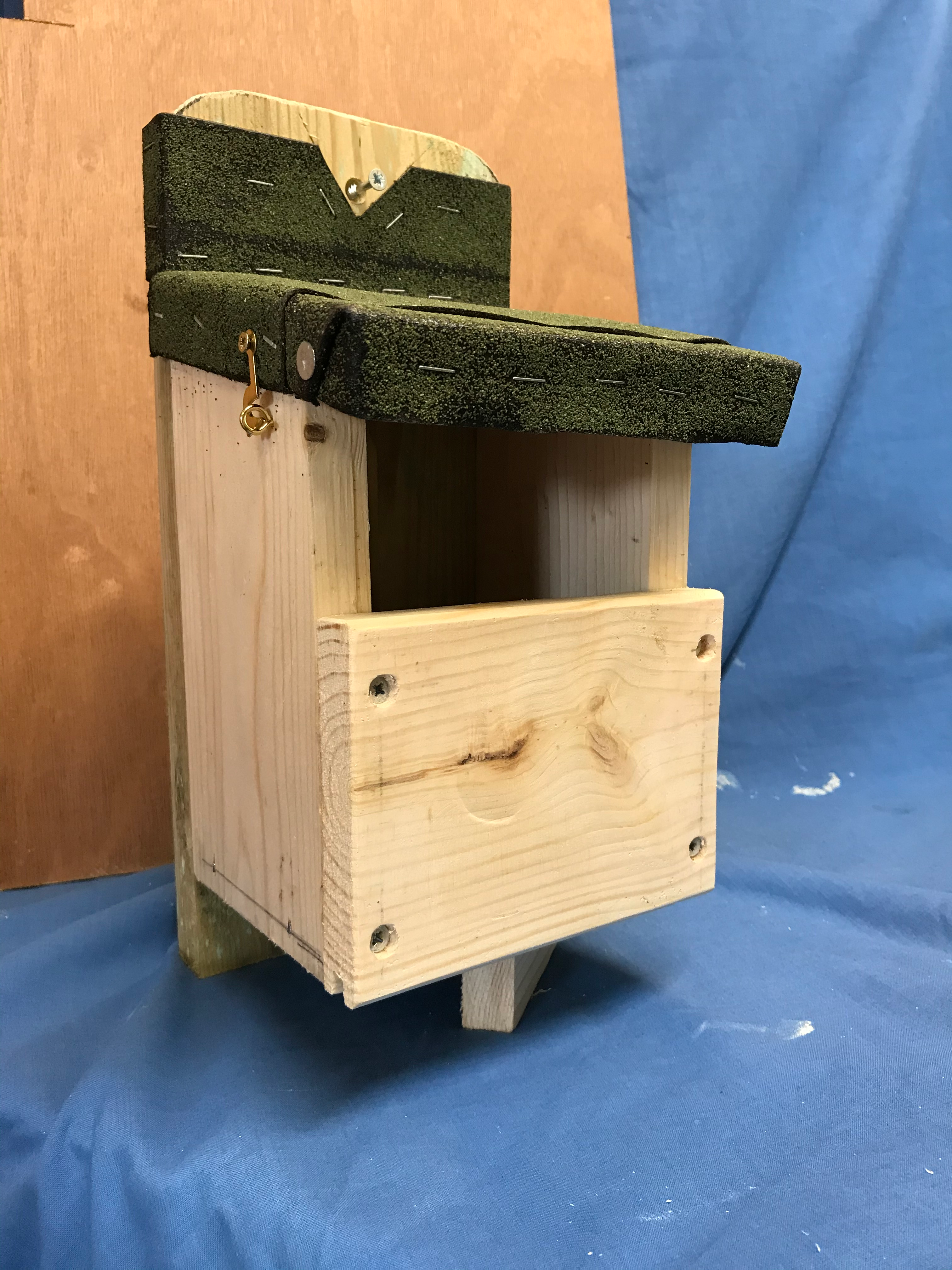
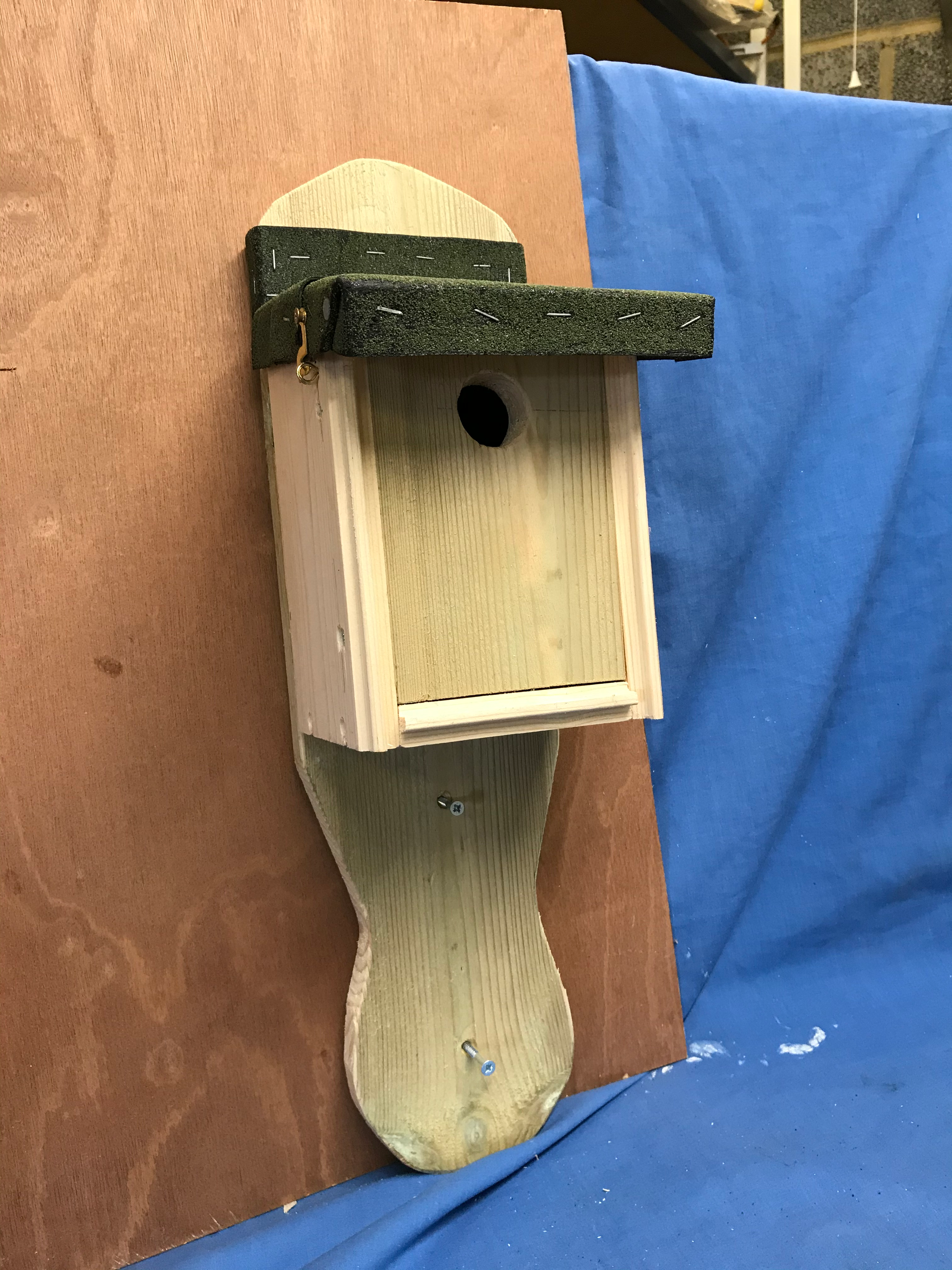
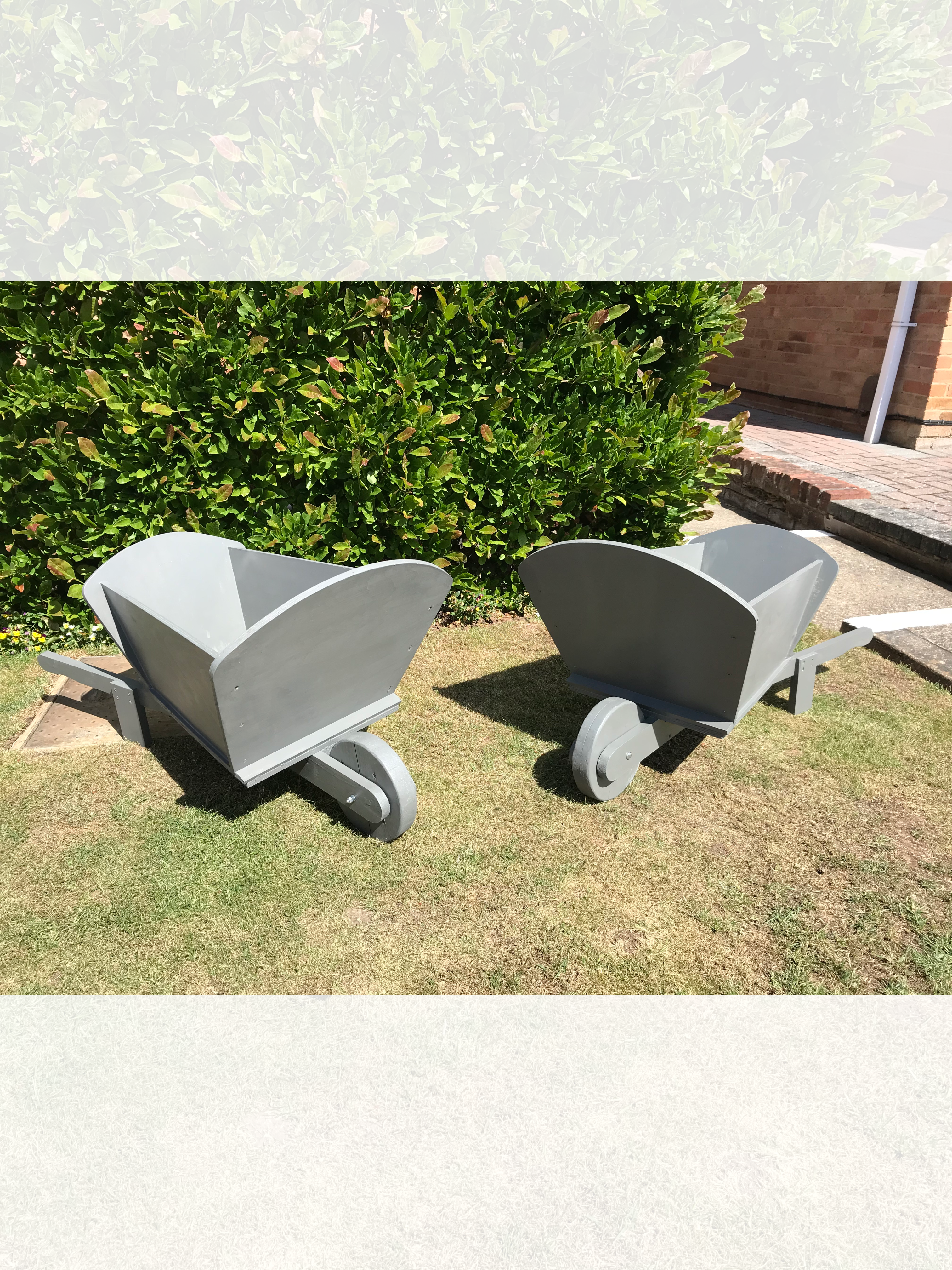
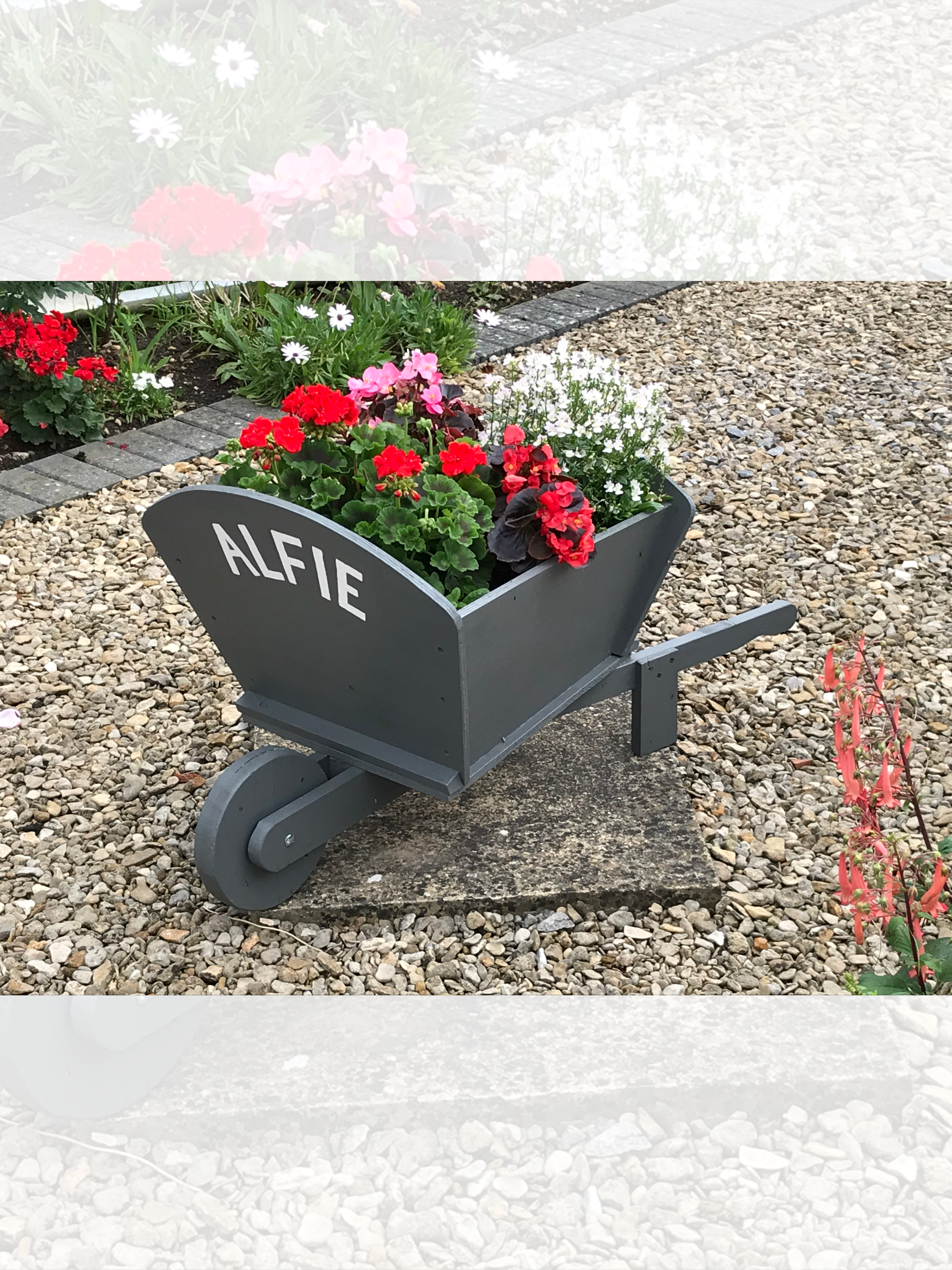

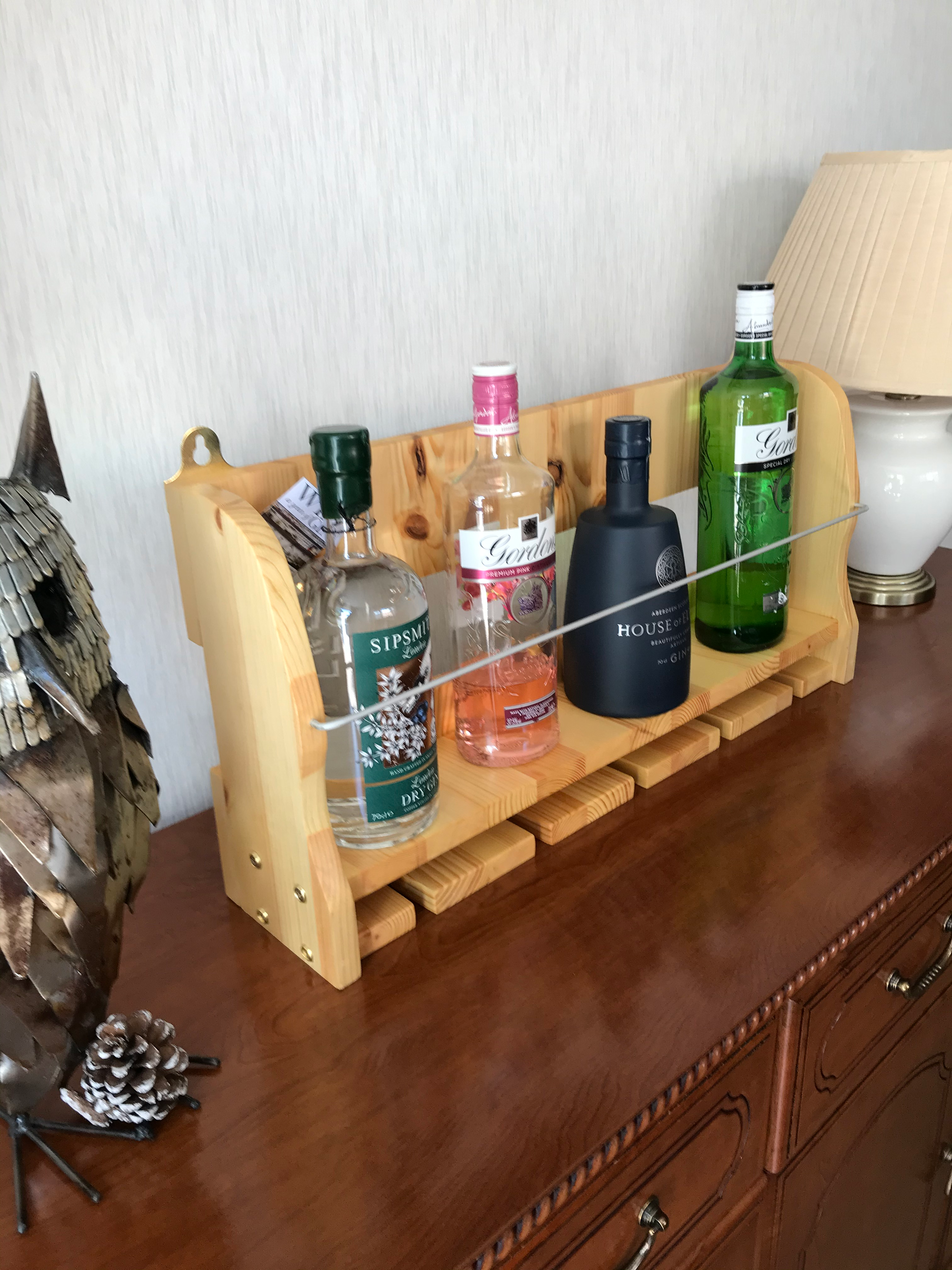
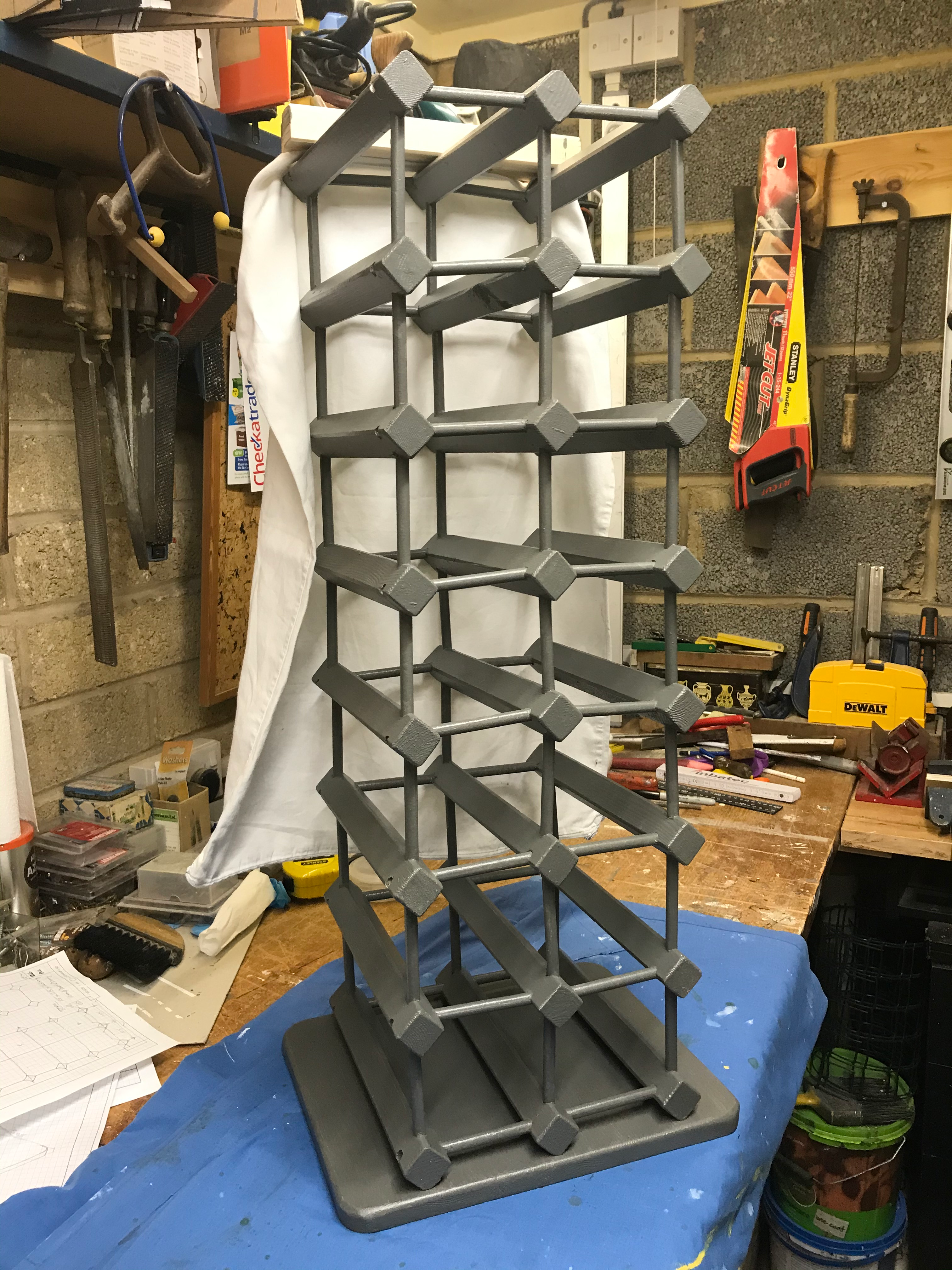
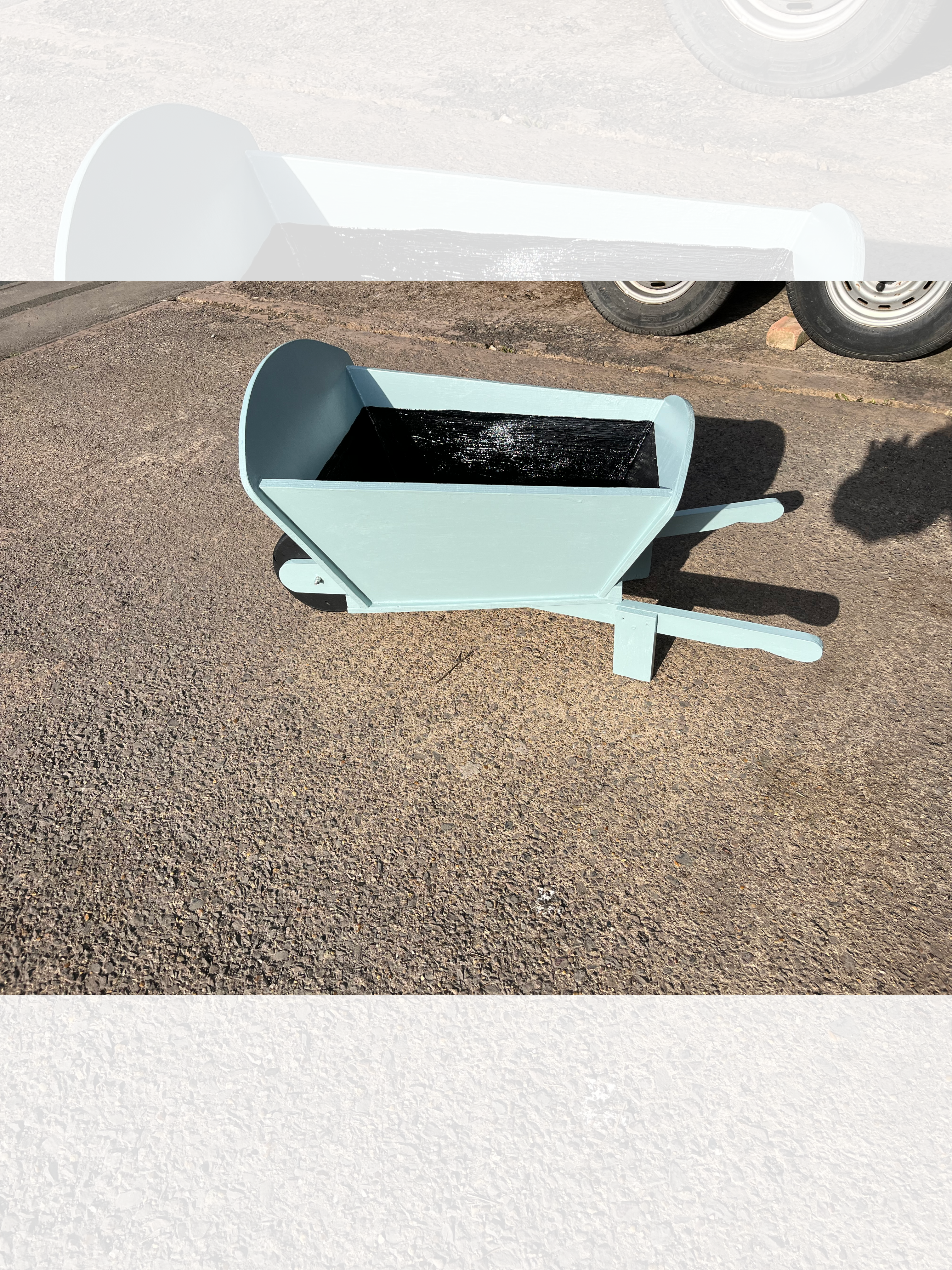

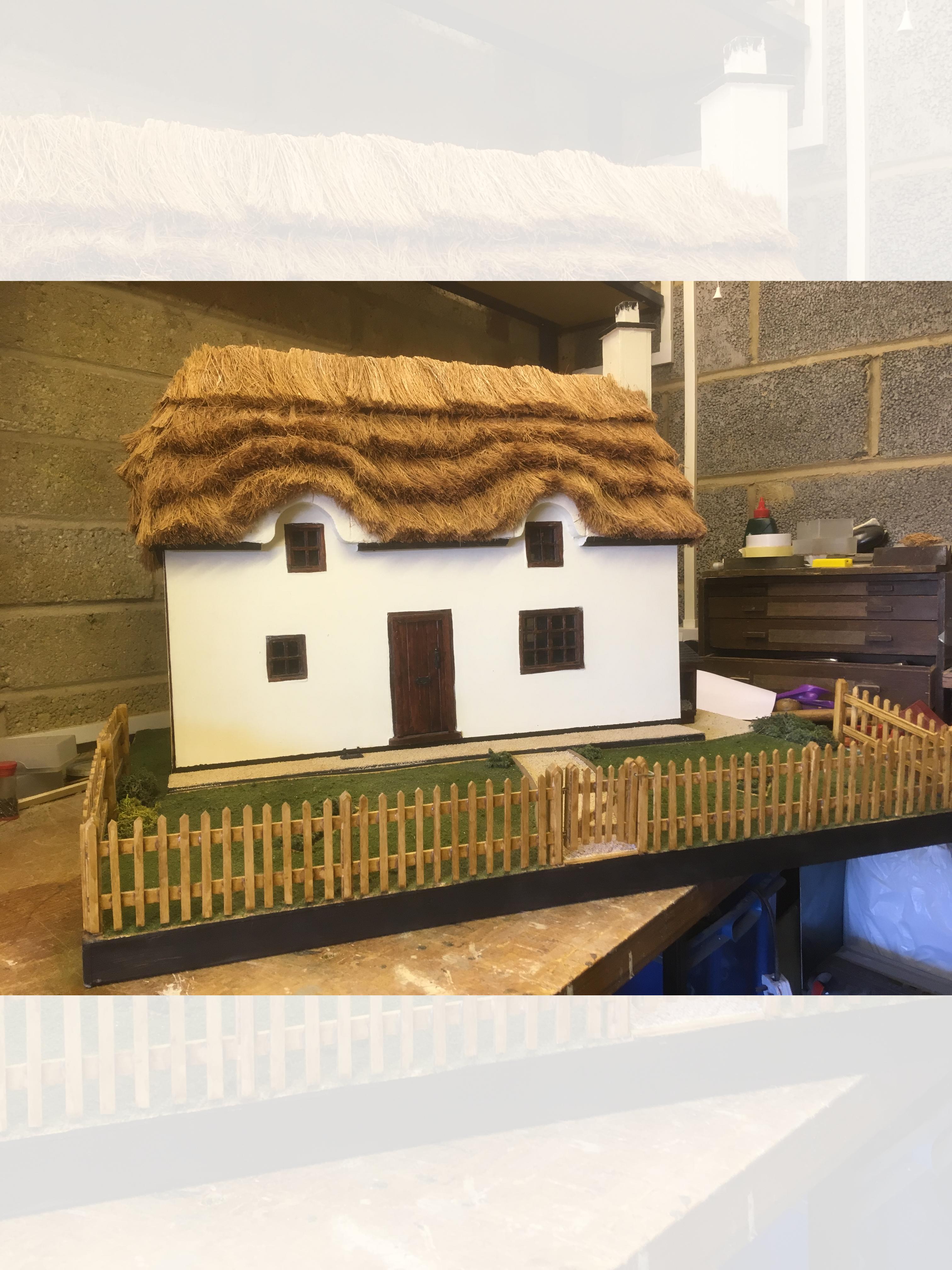
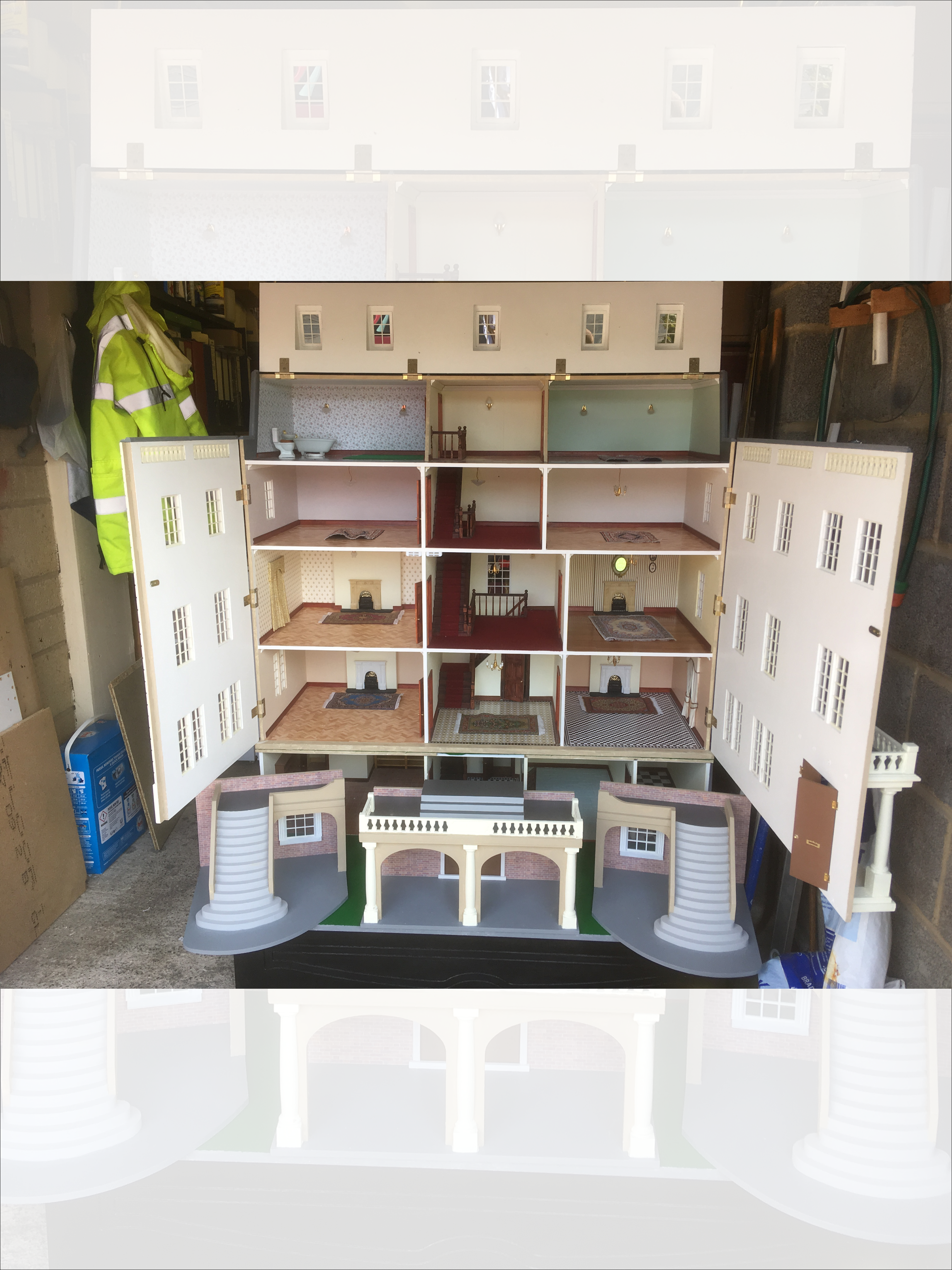
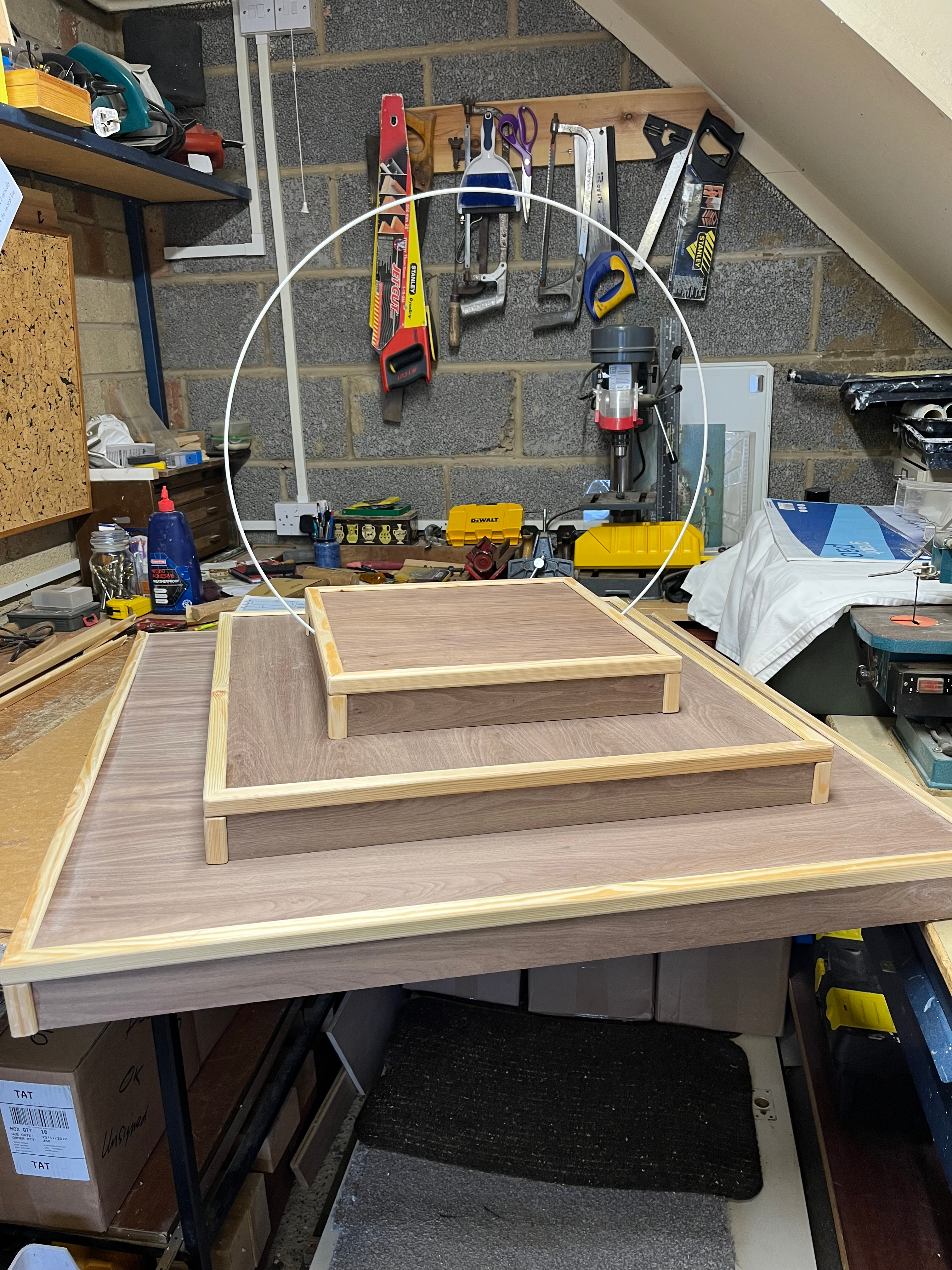
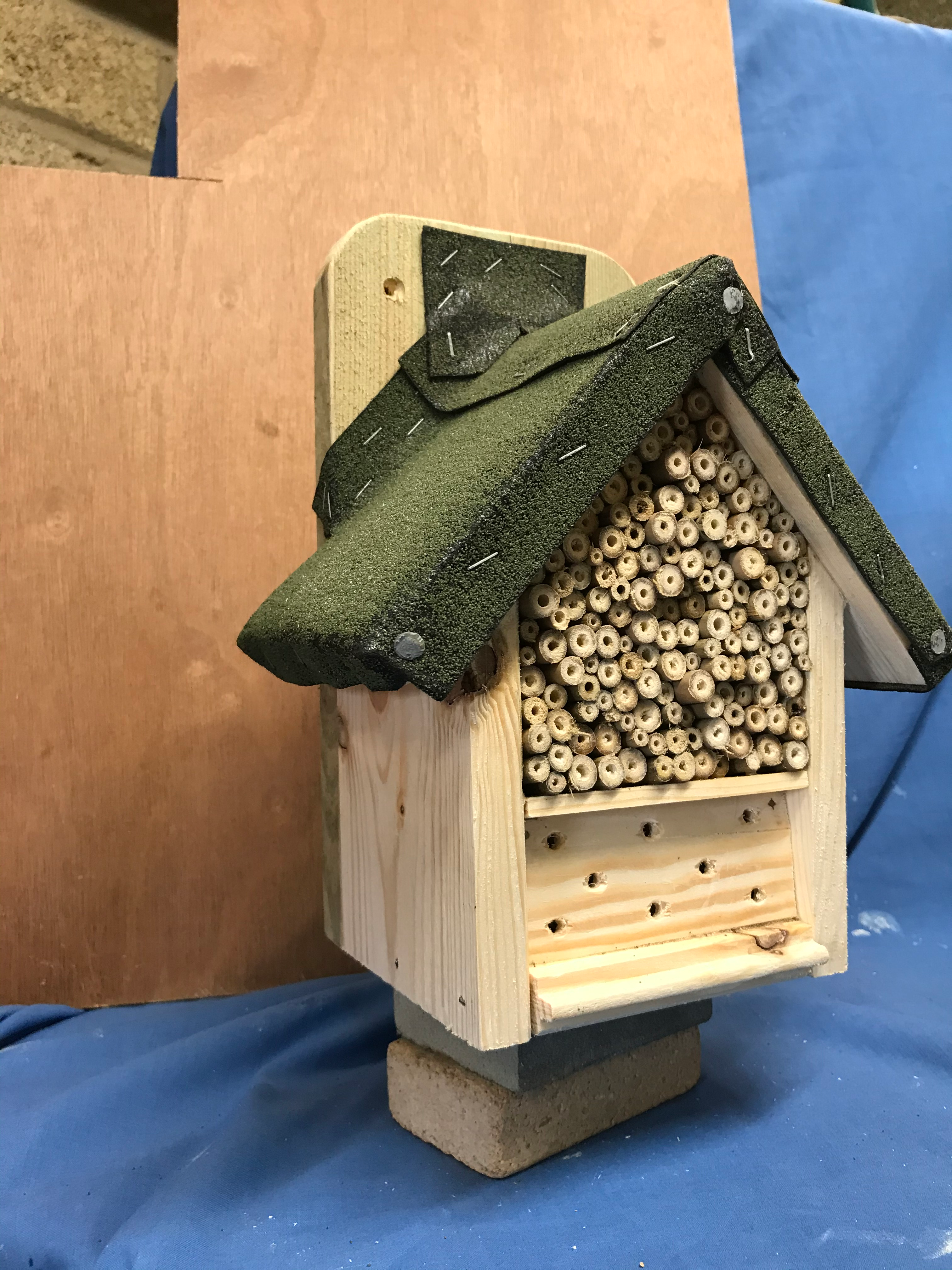
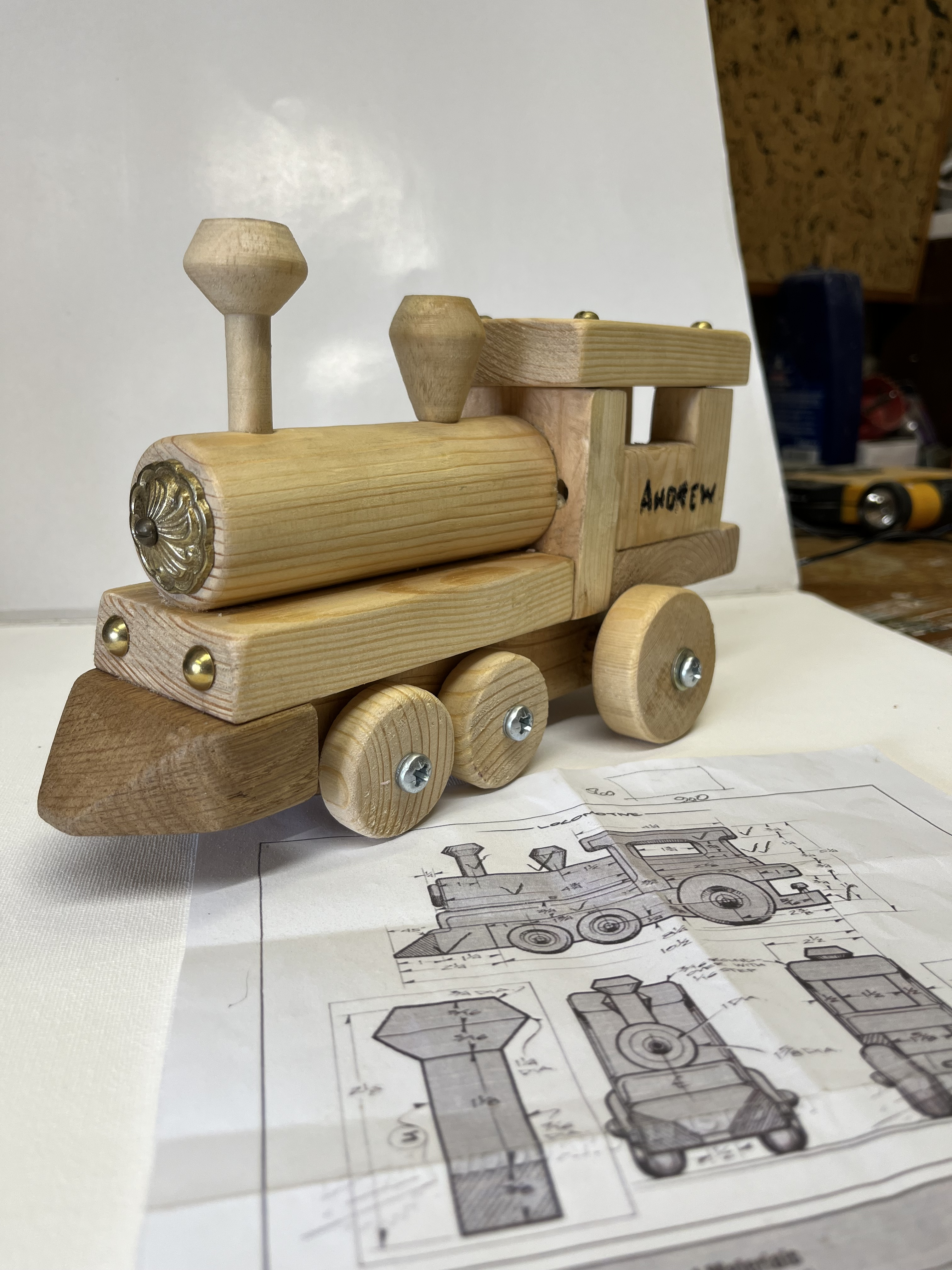
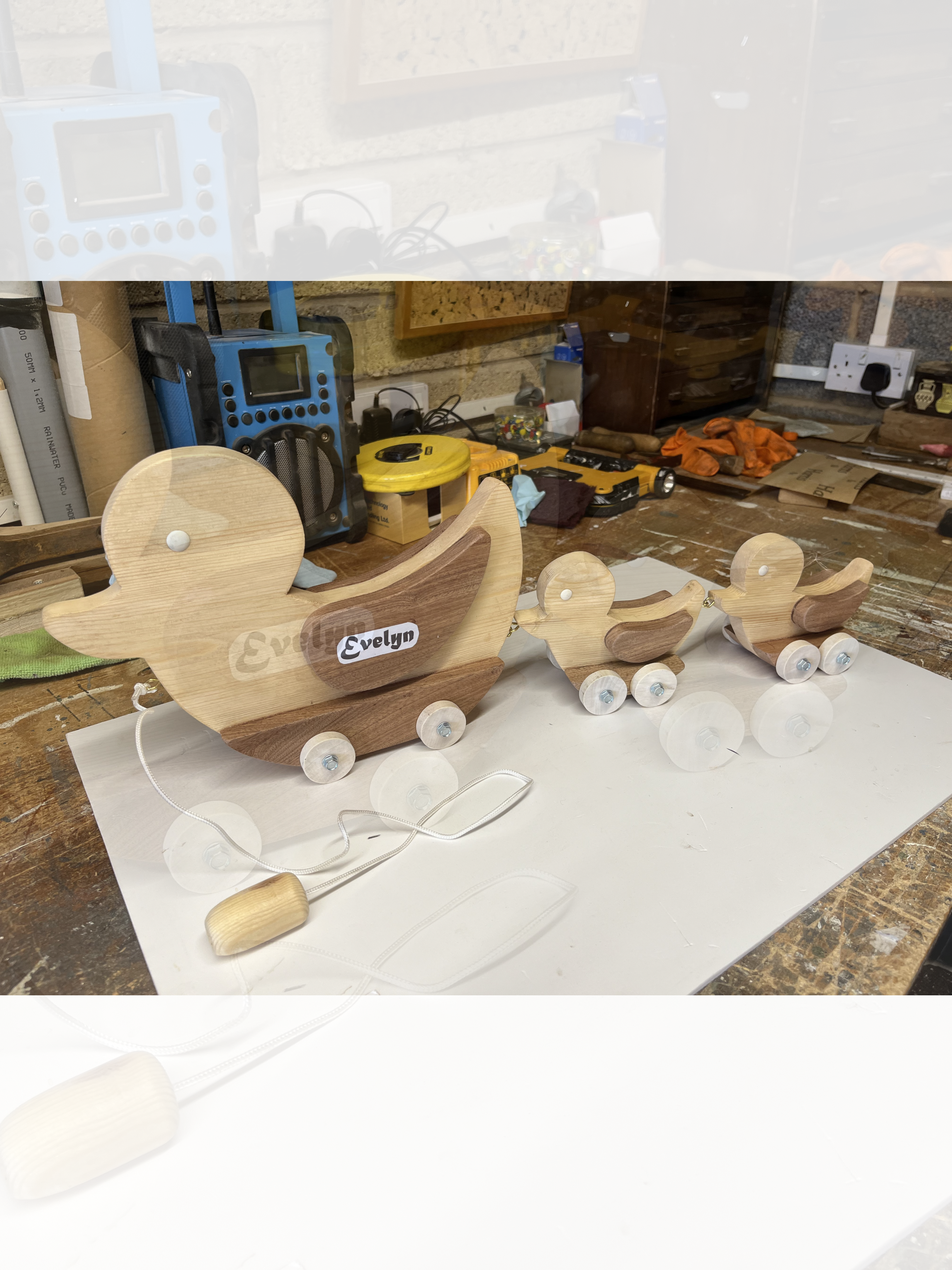
Woodworking
Custom Crafts
From starting senior school in 1960, and finding woodwork as a great subject, our Woodwork Master Mr. Francis taught us well and since those early year’s I have always had an infinity to working with wood, the smell and its tacticity is incredible.
My school years stood me in good stead for later life and on leaving school, working life
beckoned. Starting with an engineering apprenticeship and being taught new skills which only enriched my skill base for later in life. On retirement, my skills gained over my working life have been put to great use and has allowed me to create a range of projects from Dolls Houses, Wine Bottle Rack, a range of Bird Boxes, Children’s Toys, Garden Gate, Wheelbarrow Planter, Bird Table and many others.
It’s not what you make that counts; of course, that has some bearing on the choice of item to make, it’s how to keep yourself active [in retirement] and interested in what you achieve.

Philip Lamb
Contact me
Get in touch
I’d love to hear from you! Whether you have questions about the book, want to share your thoughts, or simply want to connect, please get in touch.

